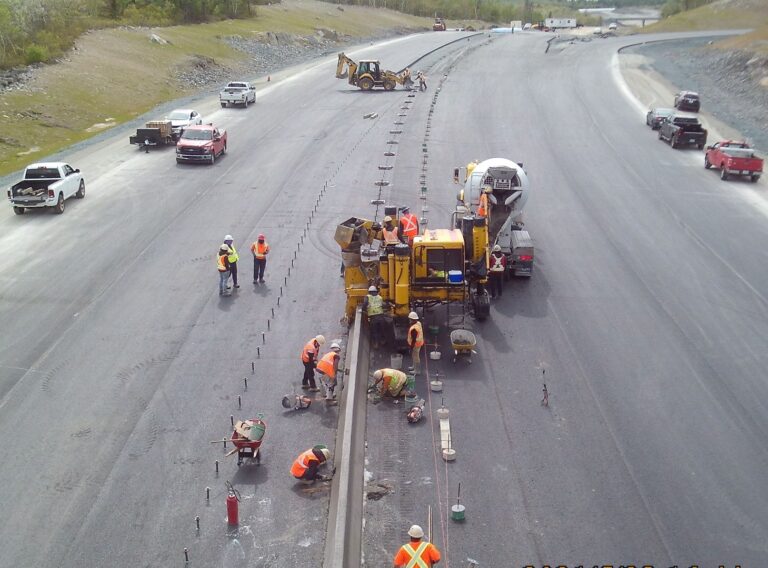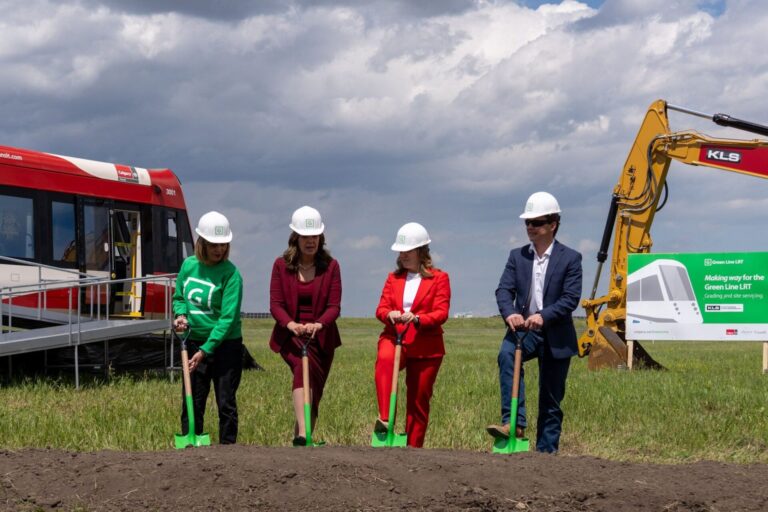Bennett Jones, an internationally recognized Canadian law firm, has released its Fall 2020 Economic Outlook, including strategic views on how to get “a better bang for the buck in Canadian infrastructure.”
The Outlook notes that nine months into the pandemic, the short-term economic outlook for Canada entering 2021 is strikingly different than one year ago. However, it also points out that structural trends—such as the digital transformation—remain and in some cases have been accelerated.
“As we prepare for a post-pandemic world, we have to reassess where we are at, and plan next steps on how and where to go on offence. Like it or not, the economy is changing considerably. We need to pivot towards new industries, adjust on others, and define what full strength will look like, and lean into high payoff activities,” said Hugh MacKinnon, chairman and CEO of Bennett Jones.
“Because of the effects of COVID and the quarantine, we are on the border of uncertainty—maybe a new paradigm. Yet we have to remain entrepreneurial and take risks. We could hunker down and build a fortress on the edge of the known, or break out into the unknown. One thing is for sure, recent events have accelerated change. Staying ahead of the curve and making the best course corrections will require the vision and creativity of everyone.”
The authors of the Outlook implore Canada, its governments and its businesses, to address the impacts of the COVID-19 crisis while developing strategies and building momentum for longer-term prosperity, all against the backdrop of a challenging global geo-political environment.
The Outlook sets a context for businesses to plan by reviewing economic scenarios for the next two years and analyzing global and domestic policy factors that could shape the business environment in the years ahead.
Here’s an excerpt from the section entitled “Infrastructure: Getting a Better Bang for the Buck”:
Public investment in infrastructure typically looms large in the strategy of governments to overcome recessions.
In the classical Keynesian framework, it is a tried and true means of supplementing demand and creating jobs. Indeed, it was a major element of the response to the 2008-09 Great Recession.
Governments again have an opportunity to accelerate plans already drawn up for investment in economic and social infrastructure. In particular, support for expansion of broadband capacity will strengthen participation in the digital economy and make online access to key public services such as education and health care more accessible to citizens.
Bennett Jones highlights five things that are needed for a deliberate strategy to identify priority infrastructure and to design and deliver projects for long-term economic gain:
- First, there should be an acceleration of decisions for proposed transportation and trade corridors and energy infrastructure projects that may be funded entirely or principally by the private sector.
- Second, as underscored by Economic Strategy Tables of business leaders from a wide cross section of our economy, there should be a strategic approach to infrastructure, and rolling long-term plans.
- Third, for some infrastructure, there may be an opportunity for collaboration with the United States on integrated cross-border systems.
- Fourth, long-term plans have to integrate both Canada’s interests as energy exporter and the transformation of the global energy system toward a lower carbon, and by mid-century, a net-zero emission future.
- Fifth, governments should attract private participation in public infrastructure.
According to the Outlook, a strategic approach to infrastructure, with strong private sector participation, will go a long way toward making the best contribution to long-term prosperity.
To read the complete report, click here.











